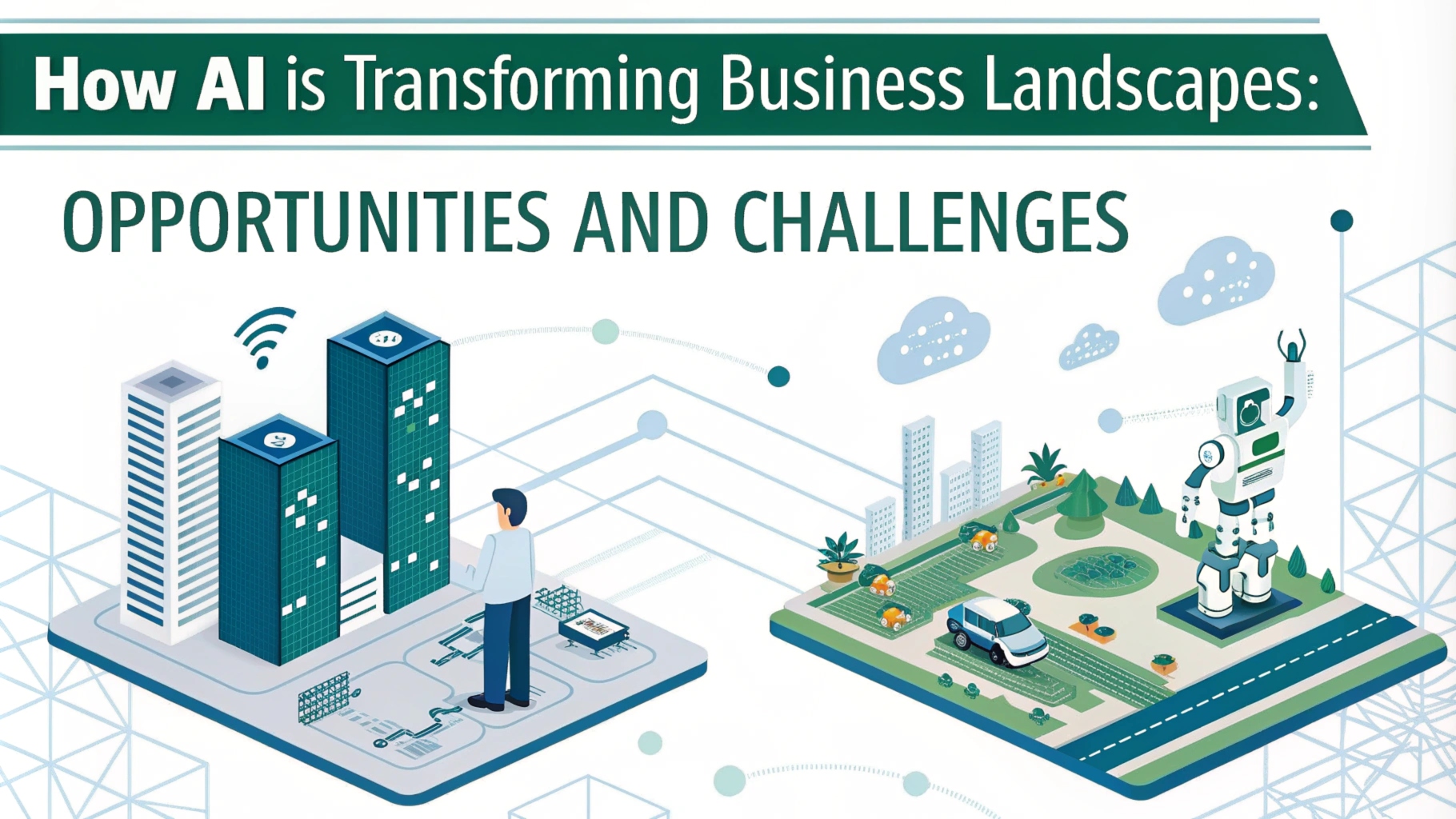Artificial Intelligence (AI) is no longer a futuristic concept; it’s a present-day reality that is reshaping industries across the globe. From small startups to multinational corporations, AI is becoming an integral part of business operations, driving innovation, improving efficiency, and creating new opportunities. However, as businesses embrace the transformative power of AI, they also face […]
